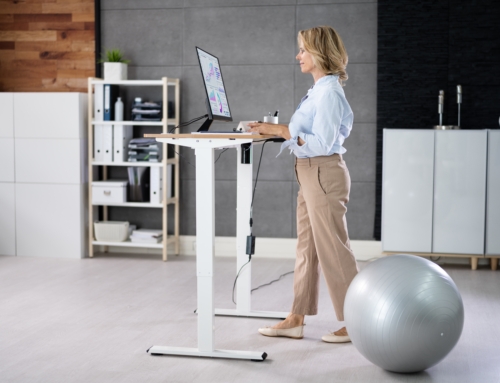SPRING TRAINING CONTINUED : ROTATION!
In life, we are constantly bending, twisting and rotating to achieve tasks.
And that’s exactly where problems can begin. When your spine is in a flexed (bent forward) and rotated position, that’s where it is least stable. If your body is not prepared to move this way—or if the thing you are trying to lift is too heavy, or your alignment is off to begin with—you are much more prone to injury. Whatever you’re up to, training to rotate in a healthy and progressive manner is crucial to maximizing your results and staying injury free.
If you are one of those people that jump into new exercises (like that move you saw on YouTube!), you also may be putting your spine at risk. Taking a heavy weight and jumping on a BOSU with a deeply flexed spine could very well blow out a disc. Before that happens, let’s see if we can understand where your rotation comes from, how to safely rotate, and how you can start integrating rotation exercises in to your program.
At Nimble Fitness we suggest knowing your body better.
Is your spine stable and in good alignment? Are you ready to add rotation exercises to your program? If not, get assessed by a professional trainer and start with a corrective program. Start with movements that are unloaded so you can understand and perform the movement properly. After performing your new rotation movement pattern slowly and under control, you can add load and faster tempos.
We coach our Nimble clients to understand the basic mechanics of the spine.
The majority of your rotation comes from your thoracic spine, not the lumbar spine, which has quite limited rotation. There are many, many muscles that assist with rotation because of the way your tissue is connected, both across your body and vertically. It’s difficult to isolate just a few thoracic muscles and say “These are your torso rotators,” since so many muscles are involved.
Then there are all the joints to think about!
If it’s a standing rotation pattern, your ankles, knees and hips are either assisting with rotating or rotating themselves.
To keep it simple, here’s a training suggestion: Rotation should feel good in your body, not stuck or unbalanced side to side, and it should feel integrated, right from the floor up to your shoulders.
Here are some Nimble Fitness tips for training rotation:
- Start with postural and structural alignment work. This will help you understand your limitations and prevent injury as you progress
- Work on your range of motion and balance first—before adding load
- Slow, low load to faster, heavier load when rotating
- Simple to more complex movement patterns
- Train smart & listen to your body!
Your body is always rotating somewhere. It’s unavoidable! And it’s not just the spine—hips, shoulders, knees and ankles are all in the game. Training rotation gives you more stability, strength and power for everyday life challenges.
Check out the video below, where I’ll break down the keys to a proper rotation–and be sure to reach out to me with any questions, or to set up a training session at Nimble Fitness!
To your health,
Daniel


